Compares urea and creatinine to give quick context on kidney health and hydration.
Securely stored in EU
Cancel anytime
Test 100+ biomarkers
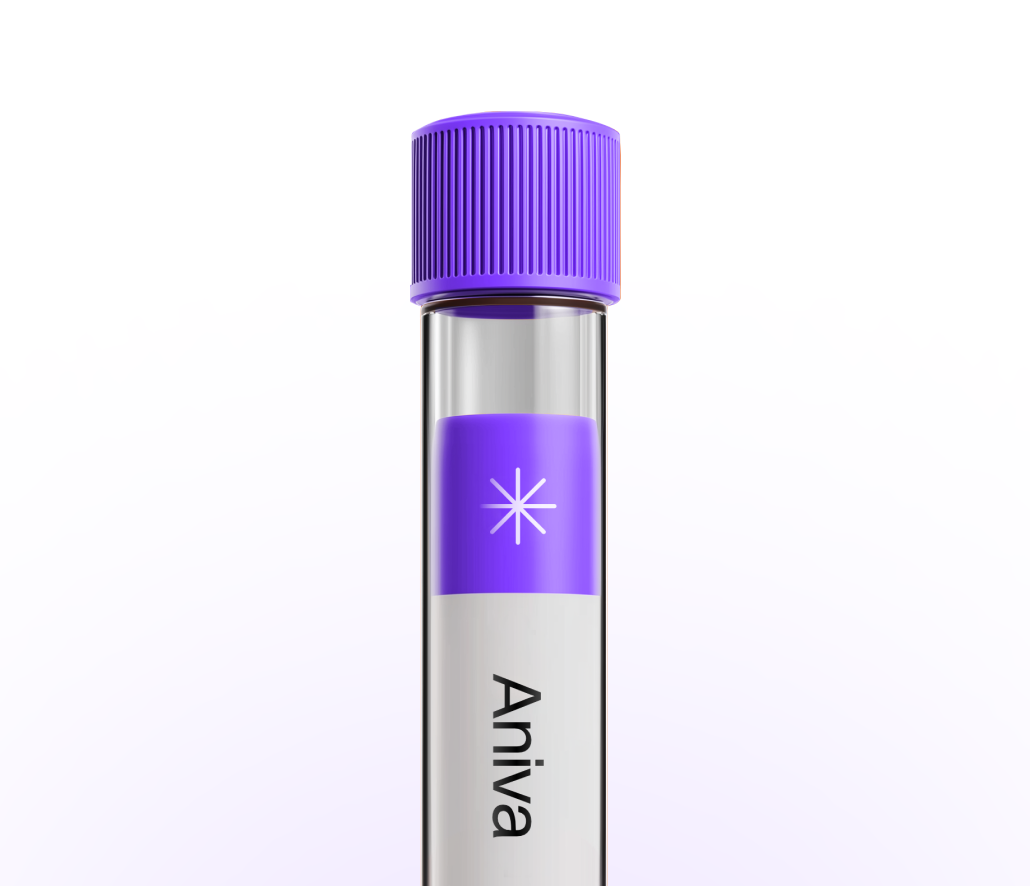
Less than 5 minutes waiting time. One
simple test at one of our 20+ locations.
Get your lab reports within one week.
Accessible on our app and per PDF.
All your health records stored
in a single, convenient place.

Clinicians order this ratio to help explain unusual urea or creatinine results and to assess hydration or blood flow to the kidneys. It can offer clues in suspected dehydration, gastrointestinal bleeding, high protein intake, or sudden kidney stress. Results often guide next steps like repeating the test, reviewing medicines and diet, or adding eGFR and urinalysis. You can test this marker with Aniva across Germany and Finland.
Clinicians order this ratio to help explain unusual urea or creatinine results and to assess hydration or blood flow to the kidneys. It can offer clues in suspected dehydration, gastrointestinal bleeding, high protein intake, or sudden kidney stress. Results often guide next steps like repeating the test, reviewing medicines and diet, or adding eGFR and urinalysis. You can test this marker with Aniva across Germany and Finland.
High: Often reflects dehydration or reduced kidney blood flow; can also rise with high protein intake, tissue breakdown, upper GI bleeding, or certain medicines.
Low: May reflect low protein intake or reduced urea production (such as with advanced liver disease), or relatively higher creatinine from larger muscle mass, recent hard exercise, or creatine supplements. This ratio is not guideline-endorsed; no standardized cutoffs. Trends and context with other tests matter most.
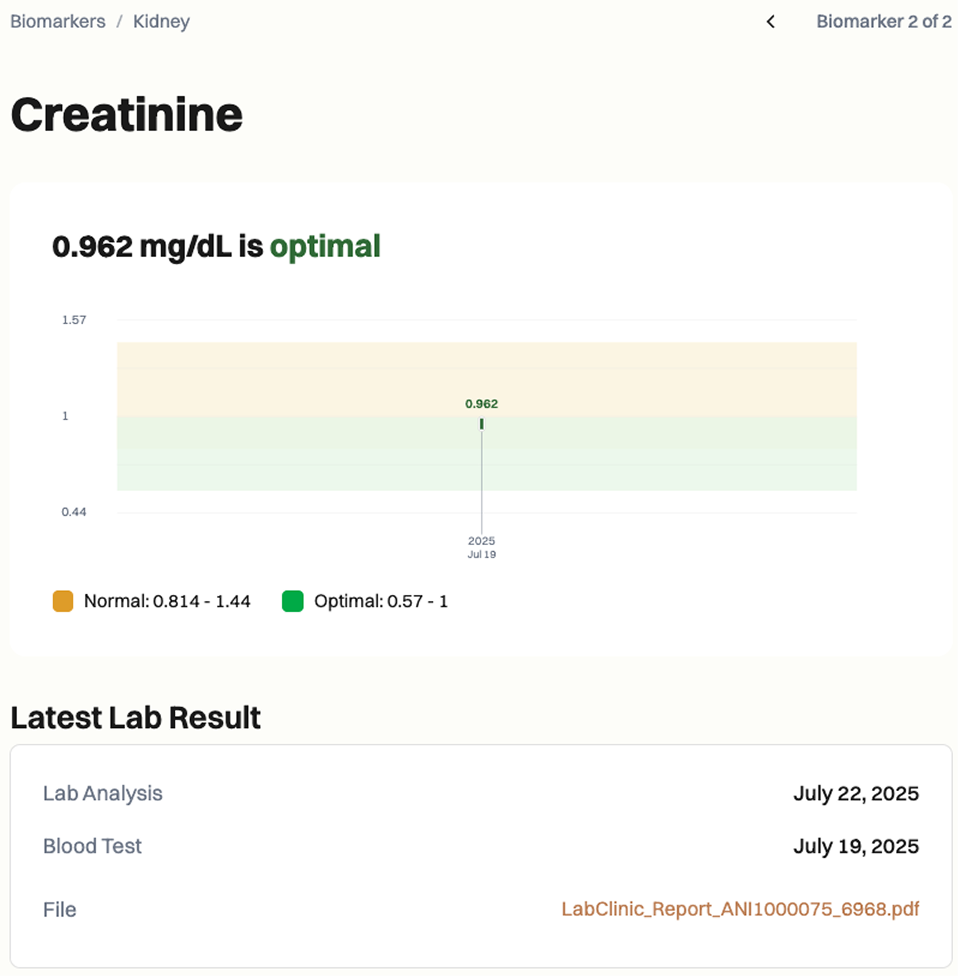
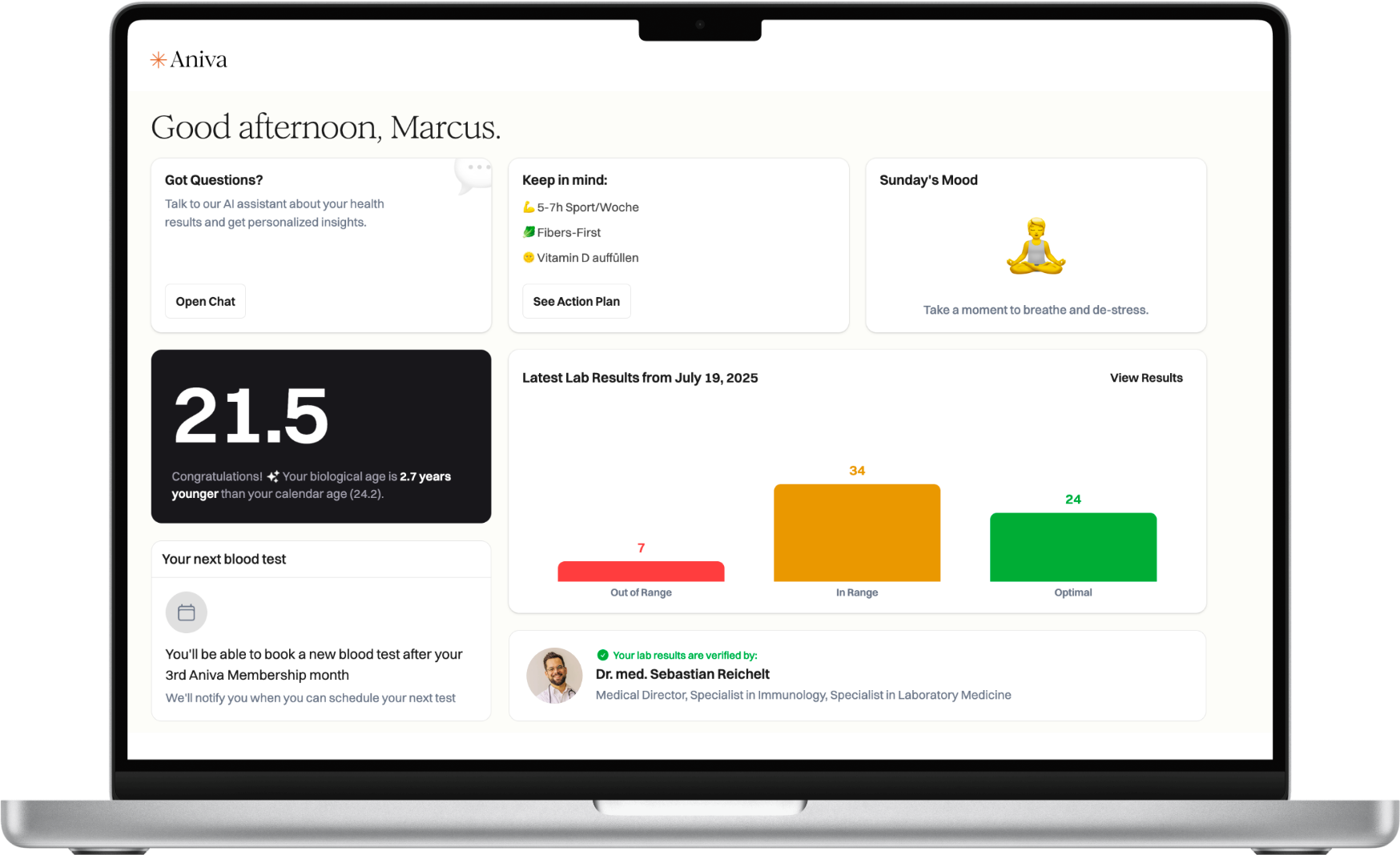
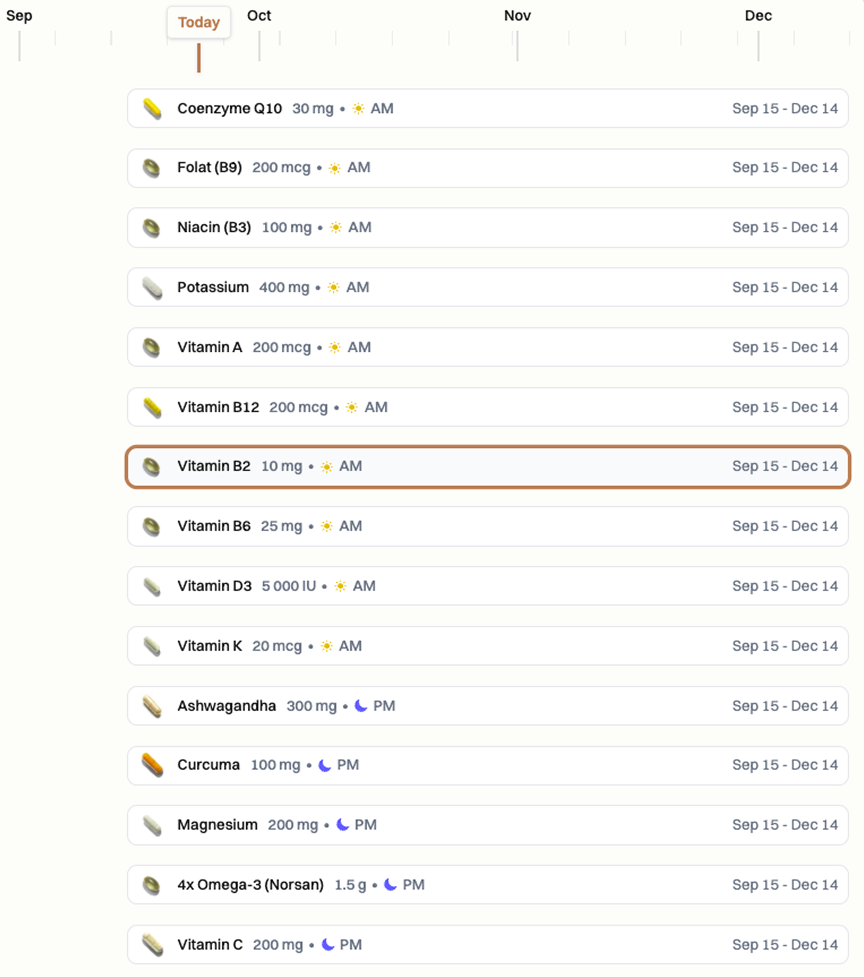
Common factors include dehydration or overhydration, high-protein meals, gastrointestinal bleeding, recent strenuous exercise, and pregnancy. Certain medicines (like corticosteroids or some antibiotics) and supplements (such as creatine or high-dose vitamin C) can shift the ratio. Muscle mass, acute illness, and timing of sampling may also affect results.
Special situations (when to confirm or adjust): acute illness, pregnancy, extremes of age or muscle mass, or known liver disease—repeat and interpret with related kidney tests.
What do my results mean? A higher ratio often points to dehydration or more urea production; a lower ratio may reflect low protein intake or reduced urea production. Your clinician will interpret it with other tests.
Do I need to fast? No. Fasting is not required for this test.
What can affect the ratio? Hydration, high-protein diet, creatine supplements, recent hard exercise, pregnancy, and some medicines can shift results.
How often should I test it? It’s usually checked when kidney results change or during follow-up. Your clinician will advise the timing.
How long do results take? Most labs report results within 1–3 business days.
What should I discuss with my clinician? Share your medications, supplements, hydration, recent illness, and whether you need eGFR or a urinalysis for context.

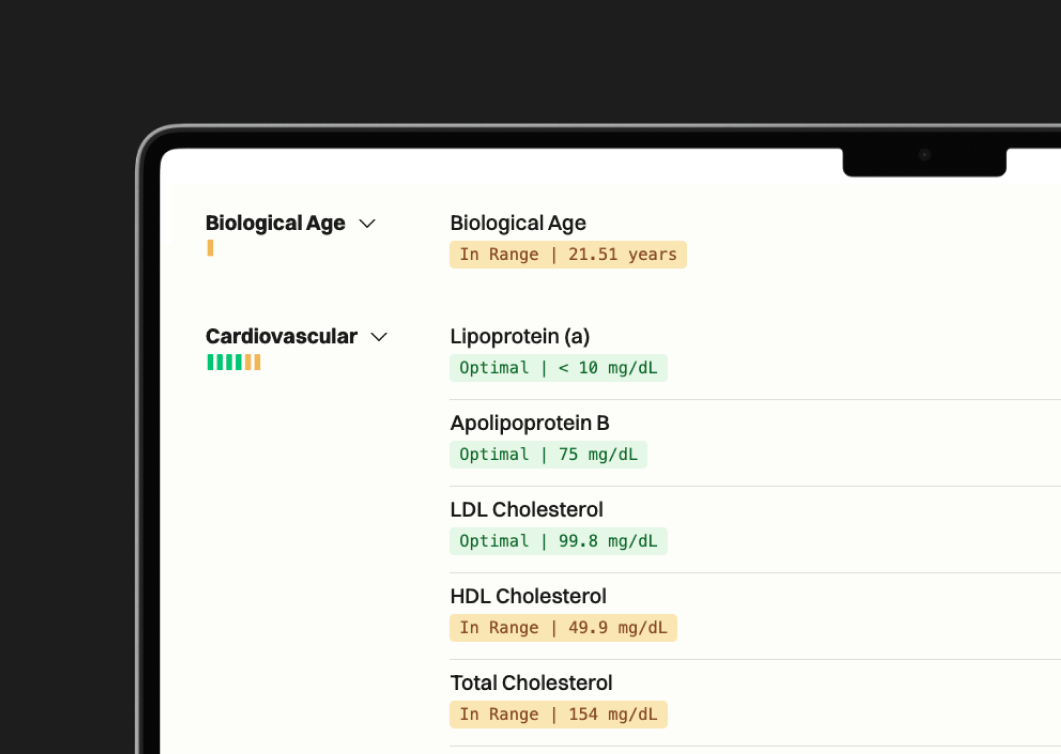

One annual blood test (100+ biomarkers)
Clinician-reviewed insights
Personalized action plan
Access to our AI Concierge
Access to curated products


63%
44%
70%